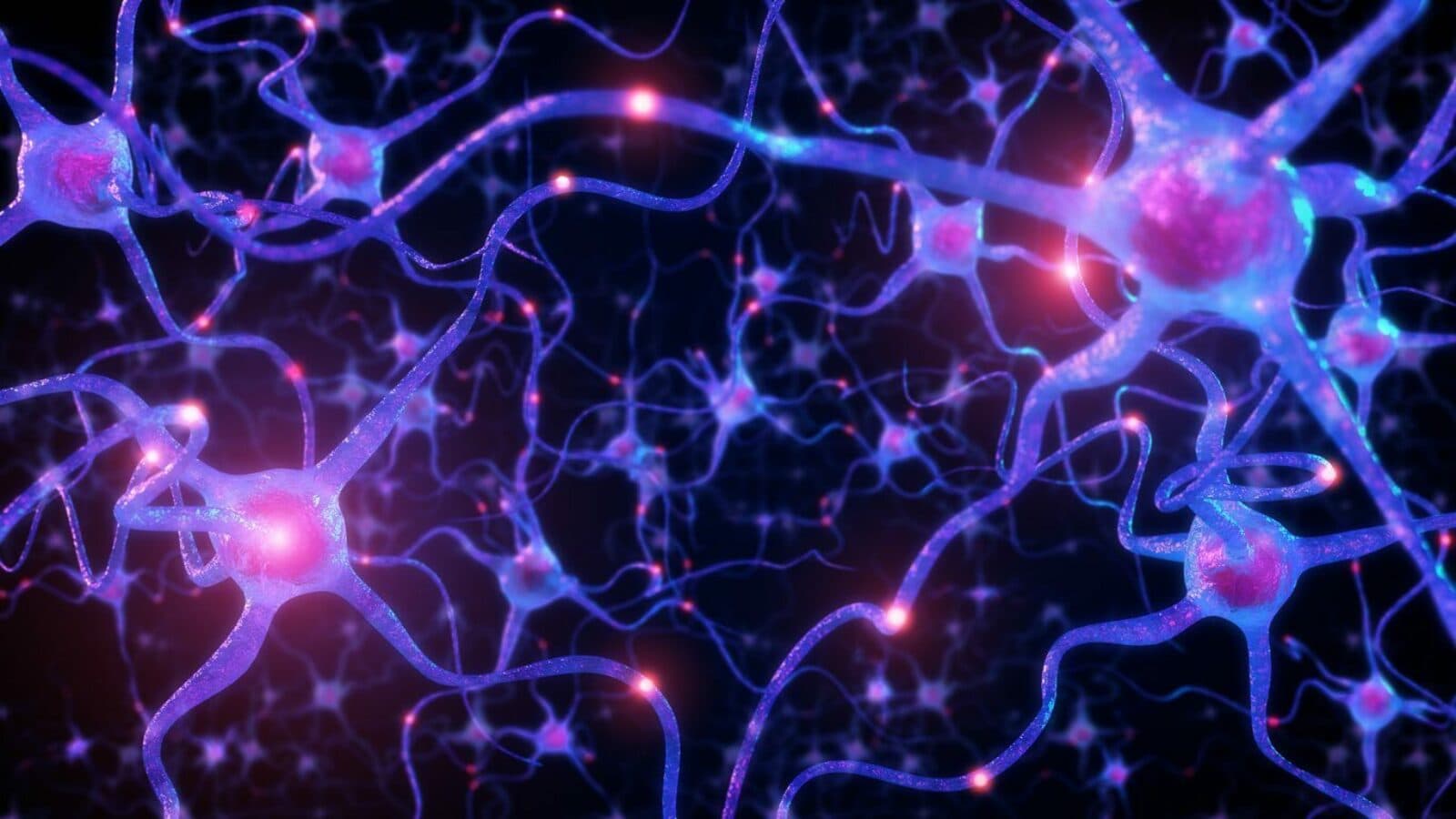Neurobiology and Changing Ecosystems
How are neural systems impacted by environmental flux?

Neuroscientists study the vast complexities of the brain by measuring this dynamic organ in a wide variety of animals — from humans to worms, flies, rodents, squid, and more. But while they strive to understand the cells and circuits that give rise to behavior and cognition, they may find that they are also studying the effects of changing environments. That’s what happened to Eve Marder, Kavli Prize Laureate and Professor of Biology at Brandeis University. After years of studying individual variability in crustacean neural circuits, she discovered the effects of warming oceans lurking in her data and now takes extra care to consider climate effects on her wild-caught study species.
The impact of environmental variations on neural systems is understudied, yet crucial to elucidate in the face of ongoing and accelerating change. It also creates new avenues to study cells and circuits in the brain as they attempt to adjust to myriad anthropogenic (human-caused) circumstances.
Together, Kavli Foundation Director of Life Sciences Amy Bernard and Science Program Fellow Angie Michaiel co-authored a review exploring this emerging topic. The piece, “Neurobiology and Changing Ecosystems: Towards a comprehensive understanding of anthropogenic influences on neurons and circuits,” outlines several areas that merit further inquiry to answer fundamental questions about the resiliency of neural systems.
“Neuroscientists are making great progress toward characterizing cell diversity in the brain, and mapping the connections required for thought and behavior. Understanding how these cell and molecular networks are perturbed by change — through disease, or environmental distress — remains a challenge to the field. At The Kavli Foundation, we look forward to supporting research in this emerging area,” said Bernard.
"Changing ecosystems” refers both to natural shifts that neuronal systems adapt to over time, but also to extreme or accelerated states that may occur as a result of human activity, such as ocean acidification, noise and light pollution, and the introduction of chemicals from pesticides, plastics, or other contaminants. While scientists have documented various behavioral changes that occur in response to these assaults, such as animals that shift their territories, are less avoidant of predators, or adjust reproduction timing, the neural bases underlying those changes are far less understood. And until they are, scientists will be ill-equipped to predict how neuronal systems may adapt (or fail to adapt) to these and future changes.
As Michaiel and Bernard point out, much has been learned about the human brain by studying different disorders such as autism and Alzheimer’s disease, and “studying neural systems under duress may help to explicate both normal and disrupted neural function.”
Scientists are recognizing that the time is right for increased interdisciplinary and transformative research to address both mechanistic understanding of neural systems and how they are affected by their dynamic surroundings. This emerging area will benefit from collaboration between laboratory and in-field disciplines that previously have not necessarily worked together, to understand the ways neural systems respond at the cellular, molecular, and circuit-level to their changing environments.
“The nervous system evolved to sense and respond to change, and yet, human-generated environmental change is creating new conditions that have not been experienced by animals throughout their evolutionary history. We want to support research that explores how adaptable nervous systems are, and what mechanisms at the cell and circuit level may impact survival in the face of change. This information may eventually inform adaptation strategies that work to preserve natural populations,” said Michaiel.
The Kavli Foundation is exploring new mechanisms to support scientists in addressing these questions in more depth. As Michaiel and Bernard hypothesize in their review, “Anthropogenic impacts on ecosystems and natural animal populations are inescapable, but they provide a new challenge to discover fundamental properties of cells and neural circuits.”